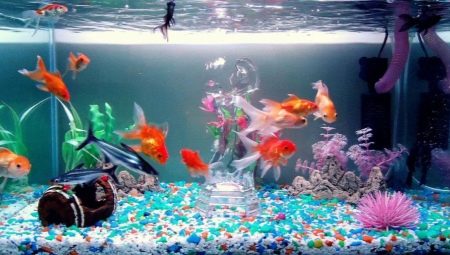Aquarium is an artificial water house for your favorite pets. To ensure that they are in a comfortable environment, conditions close to ideal should be maintained. This is necessary to maintain a healthy state of fish, algae and other residents of the aquarium in excellent shape.
It is necessary to observe certain requirements, which include proper lighting, as well as filtration, temperature, water purity, feeding regime. Do not forget about such an important point as the hardness of the water in the aquarium.
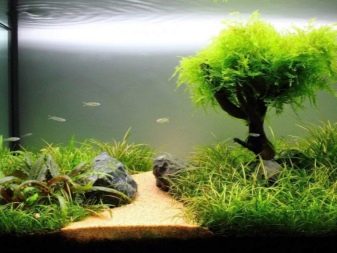
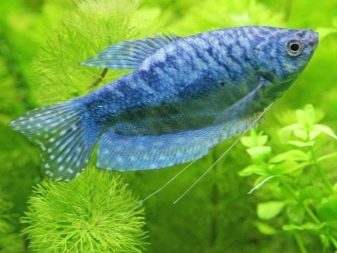
What is water hardness?
The term “water hardness” refers to the natural and unnatural features of water, which are caused by the presence in the dissolved state of mineral salts of alkaline earth metals. They are called hardness salts.
The hardness of water is affected by calcium (Ca) and magnesium (Mg) salts.
In the event that a large amount of these substances is present, then water is considered hard. If there are few of these elements in water, then, accordingly, the liquid is considered medium hard or soft.
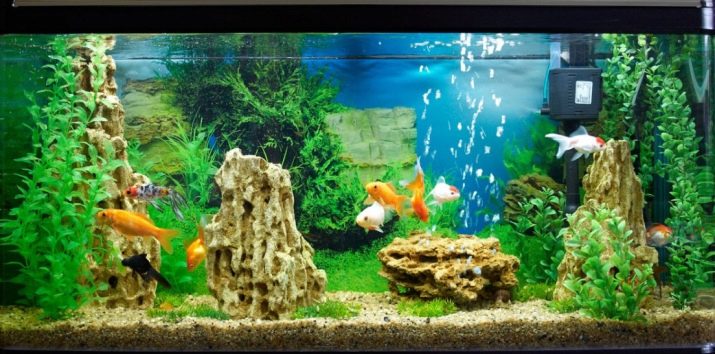
Kinds
There are several units of water hardness. Among aquarists it is customary to use the German designation dH.
There are also several varieties of stiffness.
- The total. The concentration in water of the salts of the above alkaline earth metals is called total hardness (gH). It can be permanent (stable) and temporary (unstable). In simple terms, the total, that is, the general rigidity, is the union of the first and second.
- Carbonate. This stiffness is temporary. It occurs when hydrocarbonates (HCO3) are concentrated in water.It can be eliminated by boiling. If a person takes hard water and boils it for a while, then scale will form on the dishes - this will be a precipitate of carbonates. For example, it can be either calcium bicarbonate (CaHCO3) or magnesium (MgHCO3). This rigidity is considered the most important for aquarists. Variable fluid stiffness is abbreviated kH.
- Non-carbonate. Sustainable hardness is caused by the presence of salts of strong acids in water, such as hydrochloric (HCl) or sulfuric (H2SO4). It is called constant (fatal, non-carbonate), because measures that can be applied to eliminate temporary stiffness (boiling or freezing) will not work in this case. For example, if a person boils or freezes water with a large amount of salts, then they will not precipitate, as they are formed by salts of strong acids.
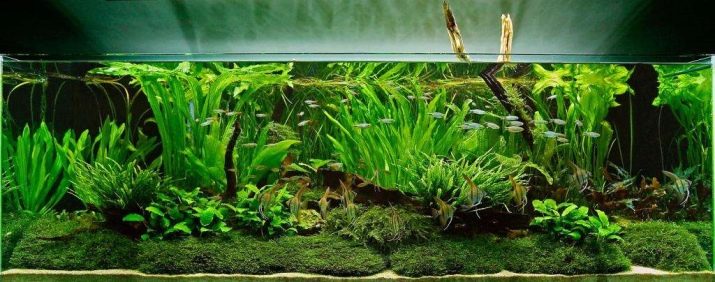
Influence on the inhabitants of the aquarium
The hardness of the water in the tank has a tremendous effect on the development of fish, other residents and vegetation. Their acclimatization depends on changes in the liquid hardness.
For the well-being of the inhabitants of the aquarium, water is required whose hardness ranges from 3 to 15 degrees.
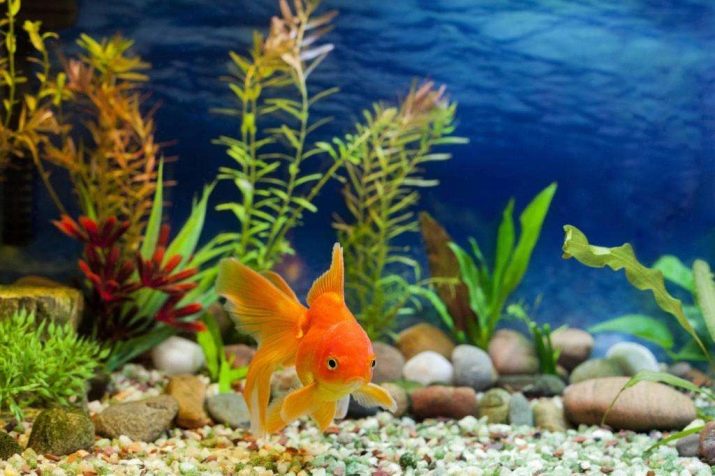
Effects on fish
The combination of calcium and magnesium salts in water is of great importance for the inhabitants of the underwater world:
- forms and strengthens the skeleton of fish;
- strengthens the shell and shell of mollusks and various crustaceans;
- creates conditions for reproduction and improves the habitat.
If these salts are not enough, then the fish will be weak, moreover, their development will slow down.
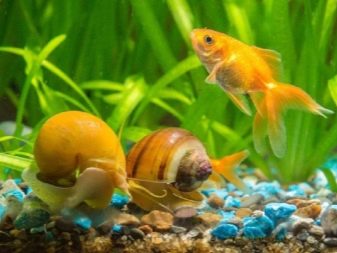
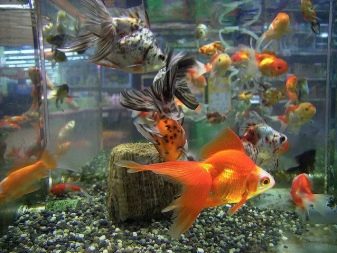
How do aquarium plants react?
Algae does not like hard water, because the higher the water hardness, the worse the algae grow.
At a high concentration (above 33 degrees), no plants grow except cryptocoryne.
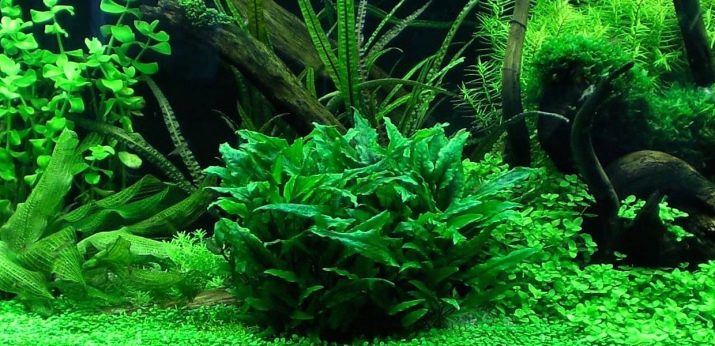
How to check the level?
In order to measure the level of liquid hardness in an aquarium at home, There are several ways.
Special appliances
Use special devices, for example, a device for determining the purity of water TDS (salinometer). This is a device that measures the accumulation of impurities in a liquid.
Such a device acts by creating an electric field in the water. It is very easy to calculate all the additives in it, not just salts. To measure the amount of chemicals, you need to take one liter of water from the aquarium and lower the salimeter there. After a few seconds, it will give the measured value in milligrams.
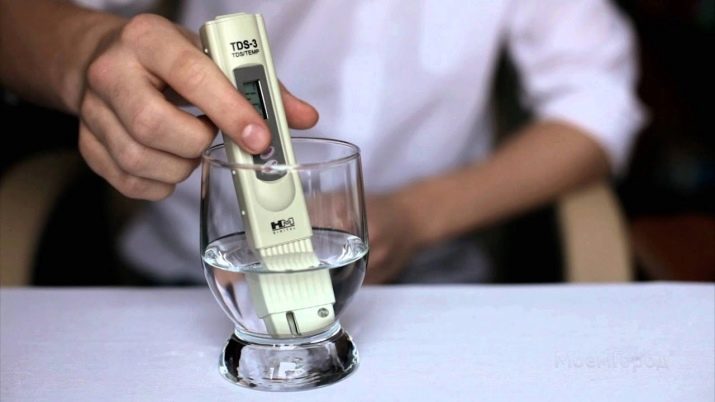
Advantages:
- ease of use;
- instant impurity calculation;
- practicality in use and storage;
- low cost.
Disadvantages:
- the need to replace batteries;
- approximate measurement accuracy;
- short service life (from 1 to 2 years).
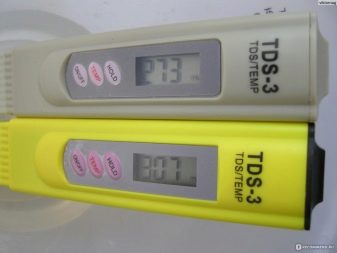
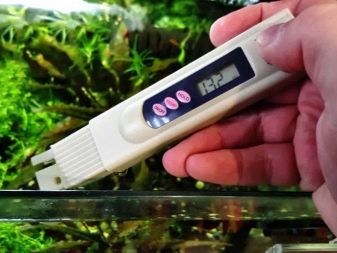
Using paper test strips
Rapid tests are quite affordable. To find out the indicators of total hardness, just drop a paper strip into the aquarium and wait for the color to change. This only happens in hard water.
Pros:
- high speed of determining results;
- the ability to conduct diagnostics directly in the tank, without taking the liquid into a separate container;
- affordable price.
Minus only one: approximate results.
Since the test responds to fluid parameters by changing the color of the paper tape, you have to compare it with a special palette that comes complete with express tests. Rigidity is determined approximately, "by eye".
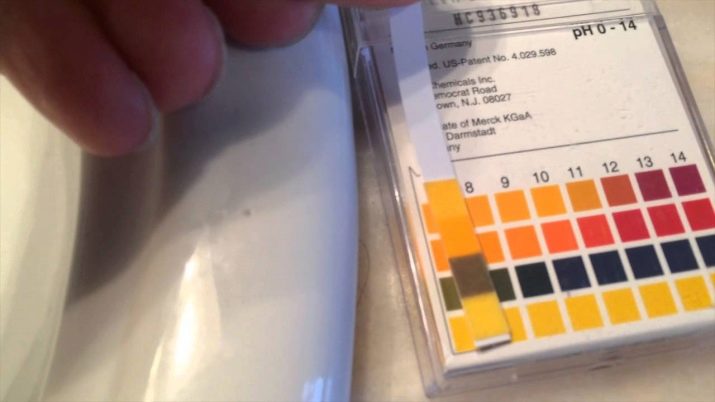
Laundry soap
This method allows you to determine the stiffness with an error of 1-2 degrees. This method is simple, and the most difficult thing in it is to separate 1 g of soap from the bar.
First you need a 60- or 72-percent household soap. Then, using jewelry or laboratory scales, 1 g should be weighed. After that, soap should be crushed and poured into a cylindrical glass, filled with purified water in a small volume and stirred to prevent foam formation.Then you need to add purified water to a certain level (60 mm for 60% and 72 mm for 72% soap). Water level can be measured using a tape measure or ruler.
Now it is necessary to pour 500 g of the test liquid into a separate container. We begin to slowly pour the resulting solution into it, continuously stirring until a stable foam appears - this means that the test solution has entered into a chemical reaction with salts. Stable is considered a foam that does not fall for a long time after the termination of stirring.
Then you need to fix how many centimeters of the prepared solution turned out by pouring it into a jar. If 1 cm of test solution was poured, then this means that the rigidity of the test liquid is two degrees, since instead of 1 liter of liquid, 500 g of tests were carried out (all obtained values must be multiplied by two). Using an online calculator or a special table, you need to determine the degree of water hardness.
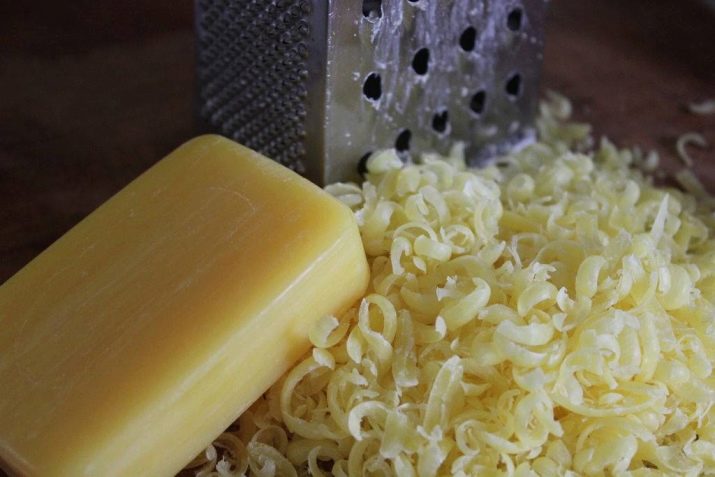
The disadvantage of this research method is its low accuracy.
Using the chemical Trilon B
The process of determining the parameters of a liquid using reagents is quite complicated and very lengthy. It requires certain knowledge and experience in the field of chemistry. This is a fairly accurate method, but due to difficulties in research and the need to purchase additional chemical equipment, it is not very popular. when calculating the hardness of water at home.


Norms
The level of norm for water hardness is very arbitrary. It depends on the purpose for which this information is needed. If you take an aquarium, then the parameters should be as follows:
- 0-4 - too soft water;
- 4-8 - not tough;
- 8-12 - optimal;
- 12-30 - critical level of rigidity.
In order to determine the overall level of stiffness, it is necessary to conduct test measurements.
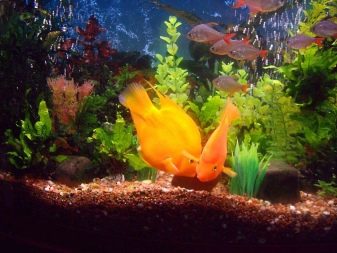
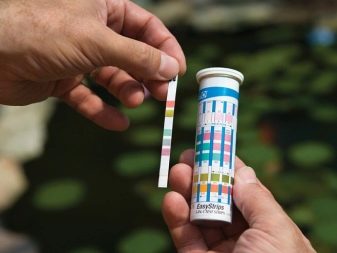
Change methods
If the hardness of the water in the home reservoir does not meet the requirements of its inhabitants, then it should be changed in one direction or another, that is, to reduce or increase the degree of hardness of the liquid in the aquarium. but this should be done smoothly and carefully so that residents of the home reservoir do not suffer from stress.

In the environment of aquarists, many methods have long been tested.
How to lower?
It’s difficult to soften the water in the aquarium. To achieve a decrease in hardness at home, you can use boiling, freezing the liquid and adding special chemicals. The tank can be filled with purified water, rain or melt.
To make a soft liquid out of ordinary tap water, there are several simple methods. We will talk about them below.
- Water from a water supply system is purified and heated to a boil. Then you need to let it cool and settle.
- In a separate container, the liquid is frozen in the freezer, but not half, but half. After this, the unfrozen residue is drained, the ice melts, and the resulting liquid, brought to the desired temperature, is added to the tank (two-thirds of the upper layers are mixed into a home reservoir).
- You can remove excess rigidity by filtering the water with special filters.
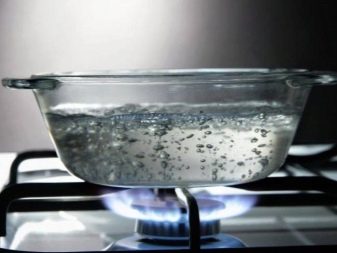

You can also reduce the concentration of mineral salts with live plants. Among the well-known and common options that can be purchased in specialized stores, it is worth highlighting hornwort, khara algae, elodea.
Some experts use as an emollient infusion of alder cones, adding it to the aquarium in small portions. But opinions on the effectiveness of this method diverge due to the insignificance of lowering the level of salts (only 1-2 degrees).
To achieve a mitigation of the level of concentration of salts in the liquid, you can use the chemicals "Trilon B" or "EDTA", strictly following the instructions.
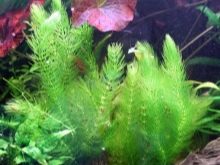
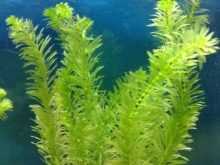

How to increase?
Sometimes there are situations when you want to increase the degree of hardness of the water in the tank.This is necessary if some inhabitants of the aquarium (shrimp, shellfish or other crustaceans), as well as some types of algae require additional mineralization.
To raise the level of calcium in the aquarium fluid, you will need to resort to the methods described below.
- In small portions, you can add liquid with a higher hardness index to the aquarium.
- Boil normal running water, drain the upper layers (about 2/3) and add the rest to the tank.
- To slightly increase the degree of hardness, you can add sea shells, marble chips, as well as limestone. Under such circumstances, the salt concentration will increase gradually. You need to know that the softer the liquid, the sooner the level of calcium in the water will increase.
- If stiffness needs to be increased quickly, then you should add a solution of calcium chloride and magnesium sulfate, purchased at a pharmacy.
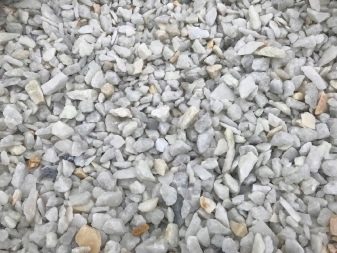
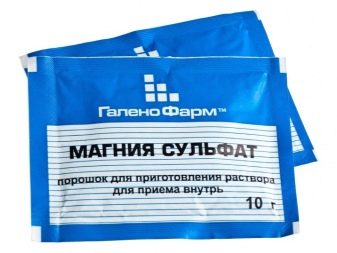
For experienced aquarium enthusiasts, the concentration of salts in the liquid is of great importance, and beginners often do not pay attention to it.
On the hardness of aquarium water, see the next video.
